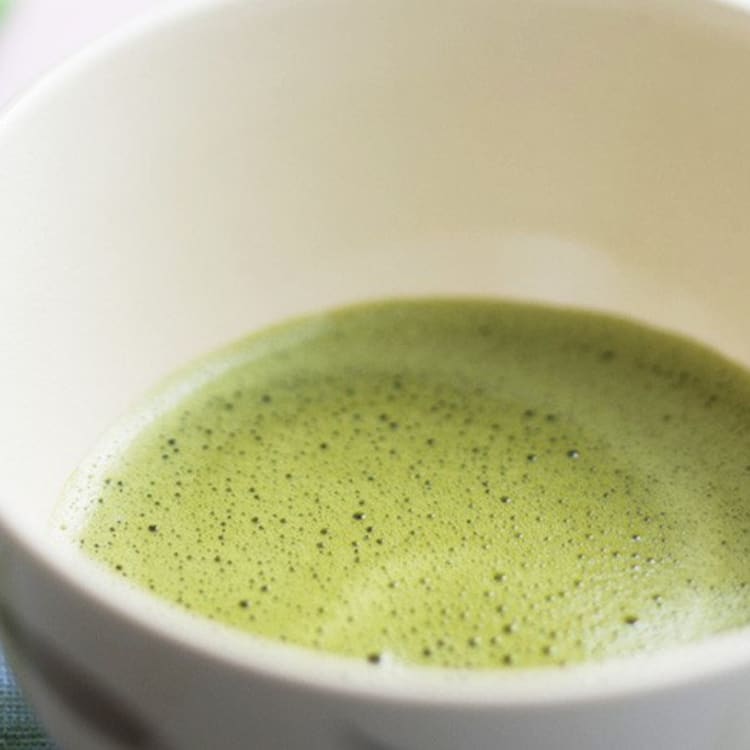
Omotenashi
Omotenashi
In Japan, there is a deep-rooted culture, which comes from sado (tea ceremony), called omotenashi, meaning to wholeheartedly look after guests. The term is a microcosm of the country itself, representing the Japanese mindset of hospitality centring around care rather than expectation. You’re bound to feel the omotenashi hospitality on your travels to Japan, especially at cultural experiences such as ryokan (Japanese-style inns), kaiseki (Japanese banquet), and sado (tea ceremony).
Omotenashi is hard to define in English because to understand it is to experience Japan in-person. It is a sense of incredible hospitality that carries across home stays, formal ceremonies, retail, and dining. However, omotenashi goes beyond “the customer is always right;” rather, it is an implicit understanding that there are no menial tasks if the result ensures a great experience for a guest.
That incredible sense of hospitality begins at every doorway. As you enter stores or restaurants, expect to hear the bellowing welcome of ‘irasshaimase’ as you step inside. A polite nod or smile is all you need to offer in return – there is no cultural expectation that this friendly welcome will be reciprocated.
No Japanese custom better represents omotenashi than the famous sado, or tea ceremony. At the centre of every chakai (tea gathering) is the guest, with the host constantly considering their guest with every movement and gesture. Indeed, the most important part of every ceremony is that the host prepares a bowl of tea from their heart.
As you make your journey across Japan, you will find omotenashi everywhere. From the attentive care of retailers to the shinkansen cleaners who bow to the boarding passengers, omotenashi is present. The more you open your heart to the people and culture of Japan, the more you will be rewarded with experiences unlike any around the world.
Kimono & maiko
If you want to experience traditional Japanese fashion and feel very Japanese, dress up in a yukata (summer kimono) and take a stroll through some old streets or under the cherry blossoms in springtime. If in Kyoto, take the opportunity to be dressed up as a maiko (apprentice geisha). Make sure you have your camera ready!
• Nishijin Textile Center, Kyoto
• Nishijin Lifestyle Museum, Tondaya, Kyoto
Samurai/ninja experience
Have you ever wished you could act like a samurai? Hop on a samurai/ninja tour and learn about the skills and weaponry of Japan’s legendary samurai and ninja! In west Japan, visit Iga-ryu Ninja Museum, the birthplace of the Iga-Ninja in Iga City, Mie Prefecture.
• Ninja Museum of Igaryu
• Edo Wonderland, Nikko
• Toei Kyoto Studio Park
• Togakushi Ninja Village, Nagano
Zen meditation
Zen is a Buddhist form of spiritual training. At Zen temples you can participate in Zen meditation. Sitting with your legs crossed and concentrating on your breathing may feel a little uncomfortable at first, however, you will soon find yourself relaxed and free of tension.
• Taizoin, Kyoto
• Myoshinji, Kyoto
Ikebana
While the art of flower arrangement is popular and enjoyed by many around the world, kado, or, as it is more commonly known, ikebana, involves meticulous calculation and an artistic sense. There is also a spiritual aspect involved as one feels the connection to nature in the act, providing relaxation for the body, mind and soul. The art of crafting a ‘world’ or ‘story’ within the work is remarkably deep, and this is where the appeal of kado lies.



















































